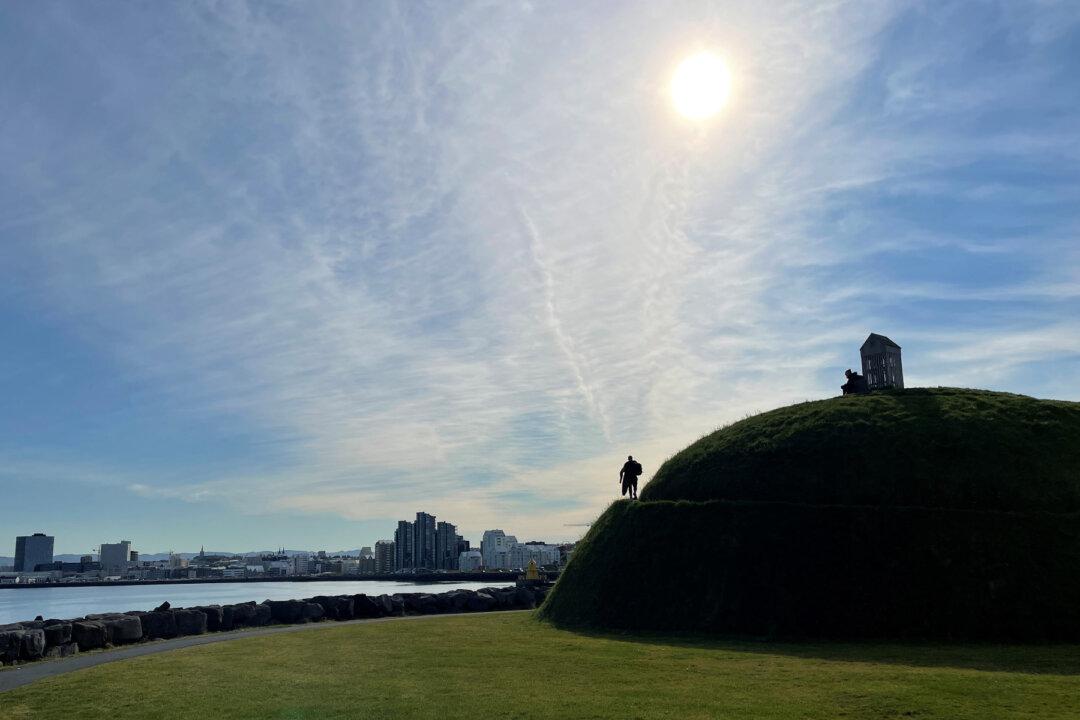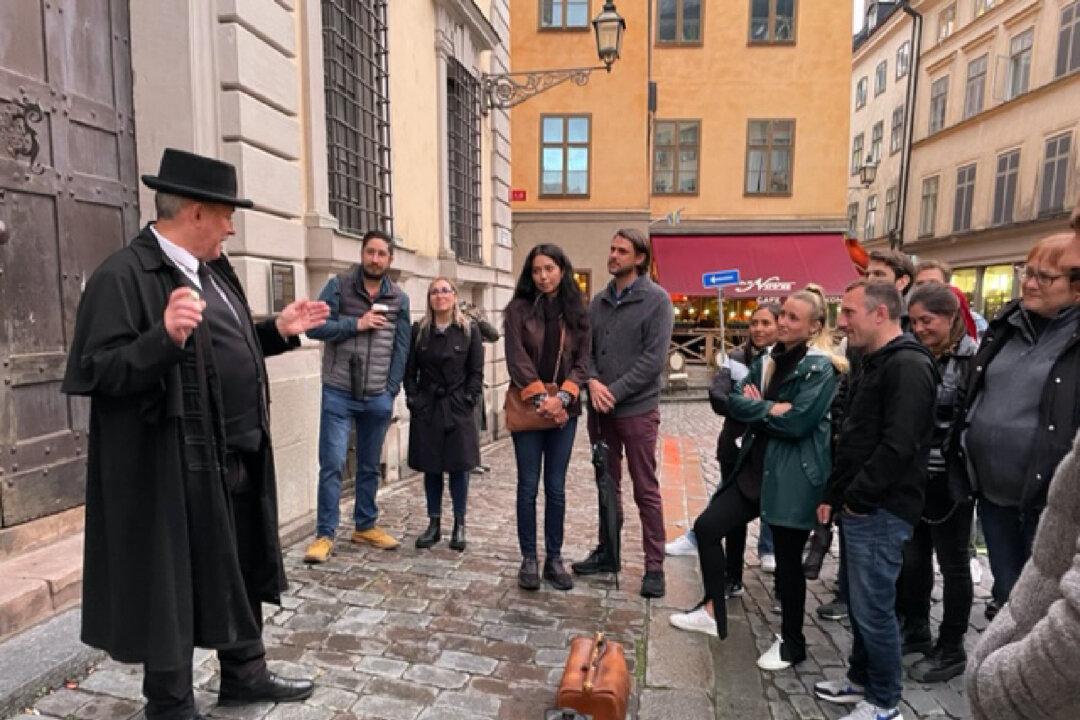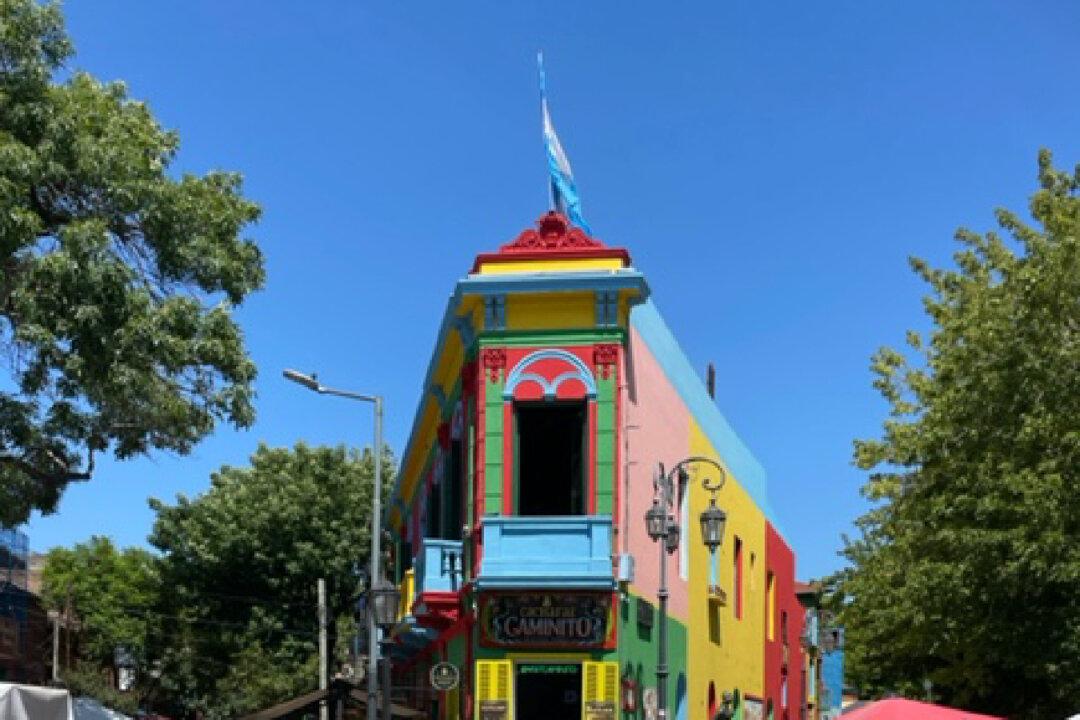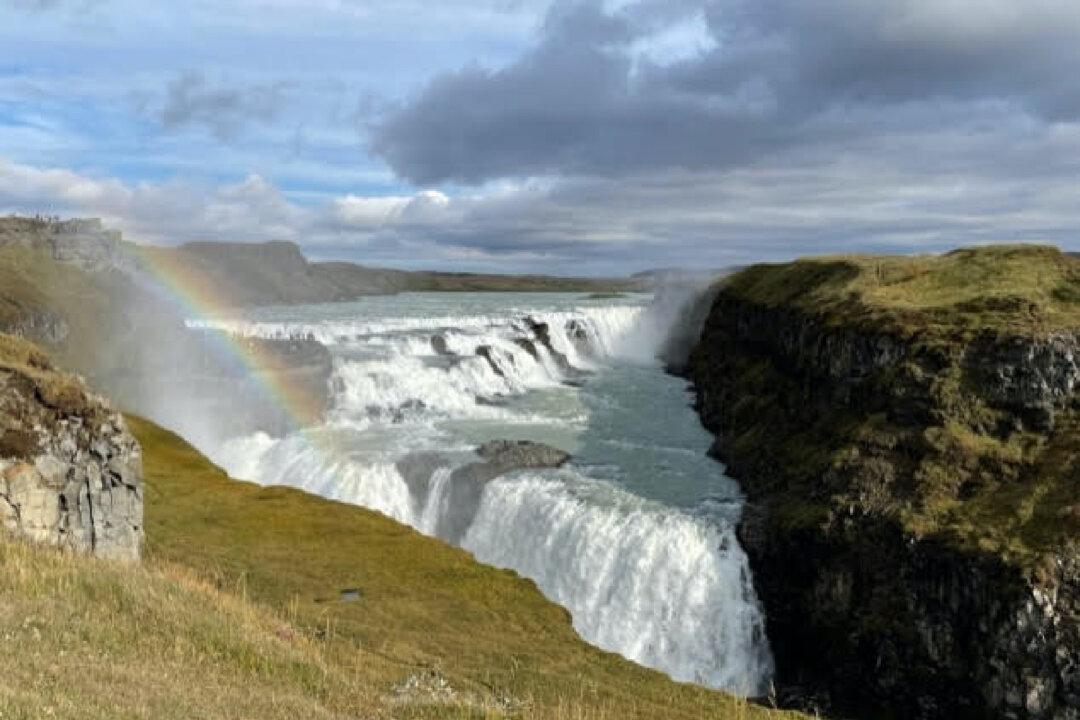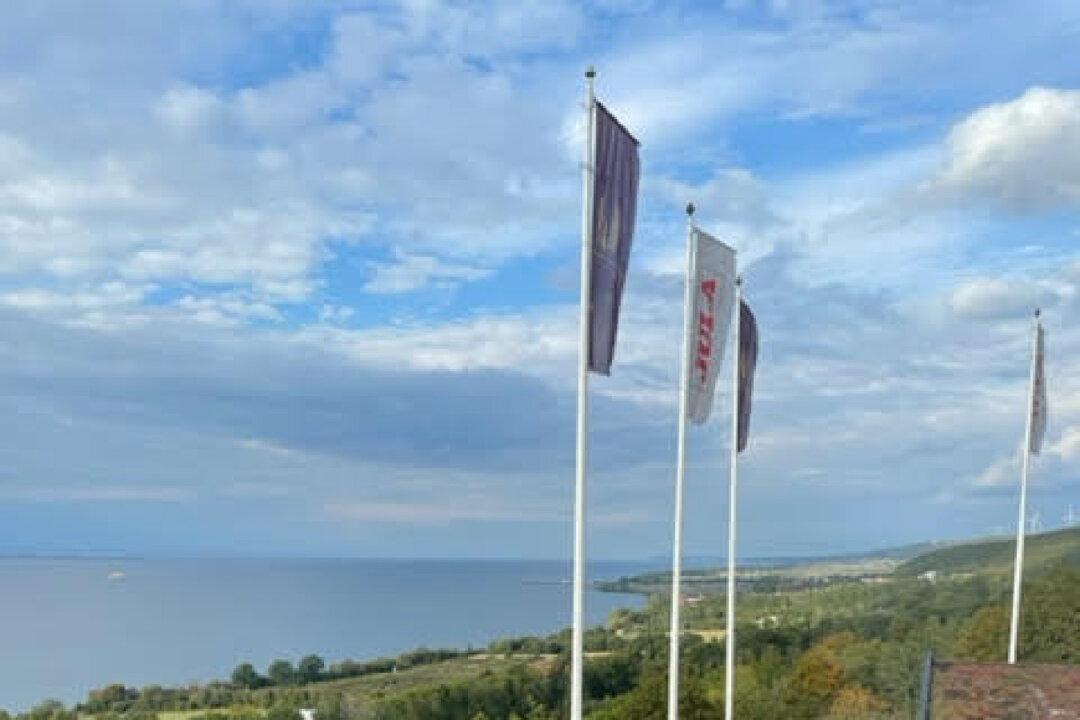Icelandair has hatched a fantastic marketing scheme. Travelers passing through Iceland on their way to points afar can stop there for up to a week free of charge. On a recent trip to Sweden, my family opted to take advantage of the offer and see what there is to do in this northern nation. With time limited, we couldn’t take it all in, but one of our unusually sunny days was spent on Reykjavik’s Old Harbor.
We picked up a bagel and coffee to enjoy as we wandered to the Reykjavik Maritime Museum. A small exhibit on its first floor told the story of a recently excavated shipwreck in Icelandic waters, but the bulk of the museum’s information began on the second floor, where we learned just how significant fishing has been to this island. Dozens of fish models and illustrations welcomed us into the first hall, where a small boat and interactive computers taught us about Iceland’s fishing industry. In the next gallery were examples of the many tools used in fishing -- jigs, longlines, nets, trawls and purse seines -- with explanations about how they are employed. In another area, waterproof outerwear from various eras is displayed.

